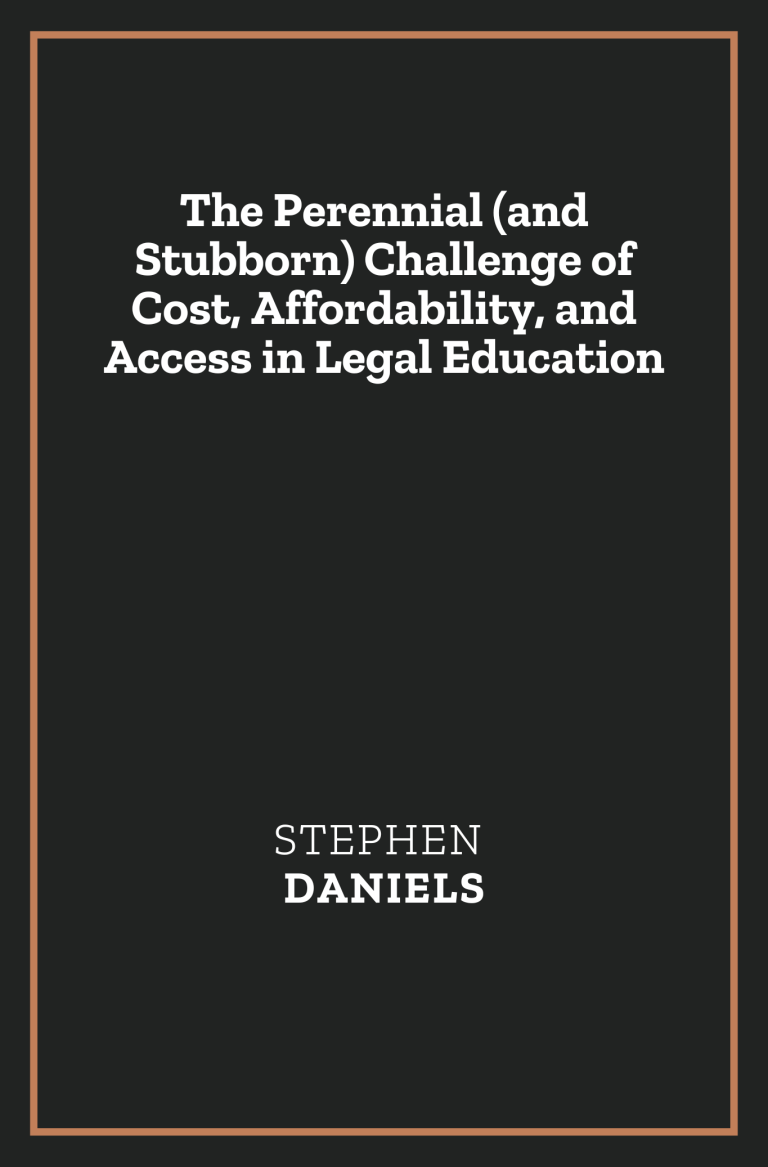Susan Shapiro was interviewed by The Miami Herald about end-of-life decision-making for COVID-19 patients.
This article, featuring Stephen Daniels, surveys law students on experiential learning, the relation to career relevance, and preparedness upon graduation.
This chapter by Jothie Rajah analyses the Situation Room Photograph to illustrate transnational law as drama.
In light of challenges to the liberal international order, Tom Ginsburg asks, what would international law look like in an increasingly authoritarian world?
In this article, Susan P. Shapiro examines the failures and successes of advanced directives in the American medical system in the wake of the COVID-19 pandemic.
By drawing on After the JD Project data, this article examines changes in career structures at corporate law firms, which shape elite legal careers.
Janice Nadler examines the portrayal of homicide victims in “The Wire” and the social and economic factors that contribute to their value in this article.
John Hagan and Holly Foster analyze the Affordable Care Act’s effectiveness in addressing the health issues of high-risk populations.
Ajay K. Mehrotra addresses critical questions about the promise and limits of fundamental tax reform in this article.
Stephen Daniels considers the history of law school accreditation, tuition, and accessibility that has led to the current business model of legal education in this book chapter.

